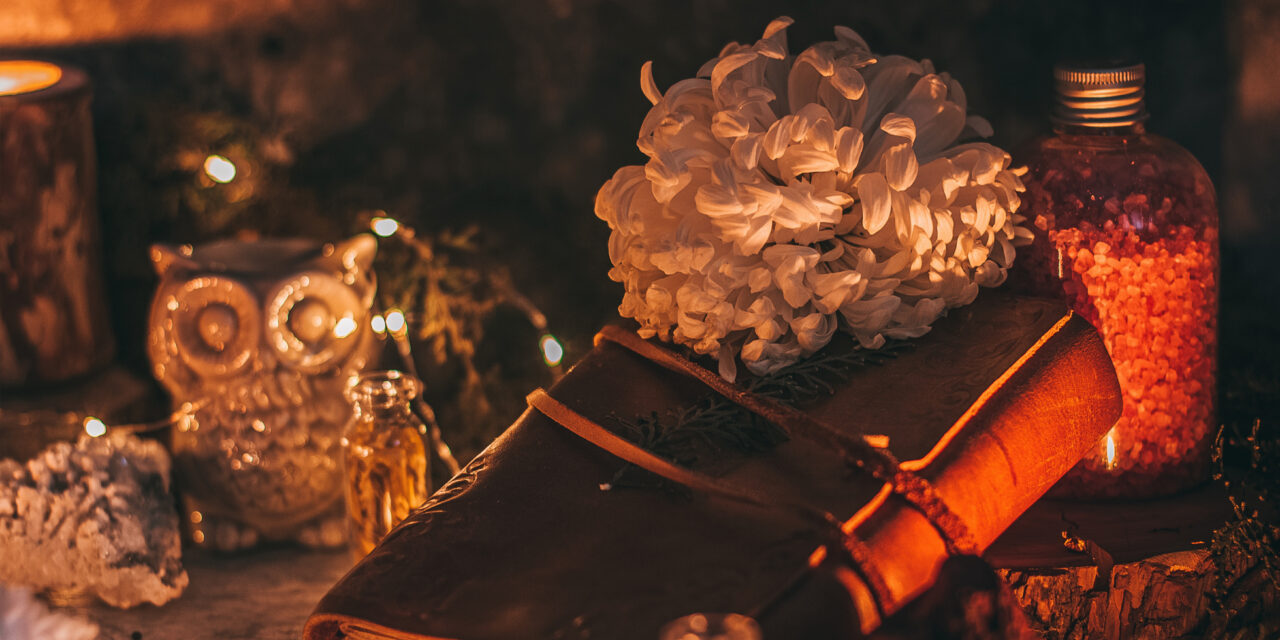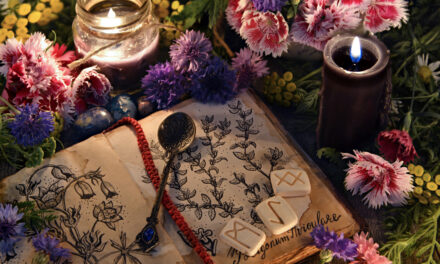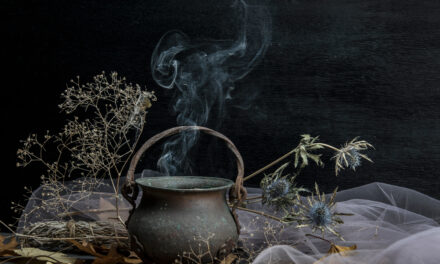In the world, there is a truly significant quantity of plants that are poisonous and toxic to humans. Nature constantly tests us and always protects itself. We must learn to know her and have enough trust to put ourselves in her green hands. With this new article, we will discover new poisonous plants so that we know how to avoid them carefully.
Botany for beginners (like me)
As we specified in the previous article (Poisonous herbs and plants: from aconite to yew), the botanist studies plant life in all its aspects. He studies the environment in which plants grow and how they develop, and the cells that make them up and analyzes diseases and the impact of chemicals on them.
But what were once considered the tools of a good botanist? What simple objects can we rely on to attempt a firsthand approach to plants? A highly respected botanist used to always carry with him:
- a reference herbarium
- a notebook to write down your observations or curiosities
- a magnifying glass to further inspect plants, especially foliage and flowers
- a good camera to archive each plant
- a pair of gardening scissors in case you need to remove a small portion of the plant
- gardening gloves to avoid insect bites or irritation
- flasks or jars for the possible collection of seeds
All that remains is to go to the mountains, the best place to observe and study the nature that surrounds us.
Carrying these tools with us can never make us true botanists; that takes years of study and practice. However, if you are passionate about flowers and plants, and love exploring nature, having this small kit of objects in your bag will help you expand your knowledge on the subject.
Poisonous herbs and plants
Poison or toxic substances can be found in any part of a plant: stem, petals, flowers, bark, leaves, branches, roots, and seeds. It is therefore important to know how to recognize and distinguish one plant from another. Here are some plants with high toxicity.
Snowdrop
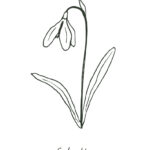 This flower is also called the morning star because it is the first to bloom even when the snow still covers the undergrowth. According to an ancient Greek legend, after the sad fate of Icarus, Daedalus decided to bury him on a small island in the Aegean Sea, wetting the earth around the corpse with his tears. But upon touching the ground, his crying transformed into white flowers similar to tears: snowdrops.
This flower is also called the morning star because it is the first to bloom even when the snow still covers the undergrowth. According to an ancient Greek legend, after the sad fate of Icarus, Daedalus decided to bury him on a small island in the Aegean Sea, wetting the earth around the corpse with his tears. But upon touching the ground, his crying transformed into white flowers similar to tears: snowdrops.
According to the language of flowers, it is considered a symbol of hope and consolation, a symbol of the passage from pain to a new beginning. However, according to popular tradition, it was also a flower that brought misfortune: it marked the omen of the loss of a loved one.
All parts of the snowdrop are poisonous. For example, if you pick its flowers and then put your hands in your mouth, you may experience a headache and a feeling of nausea. For pruning operations, it is therefore necessary to wear work gloves. It is also toxic to animals.
Fetid hellebore
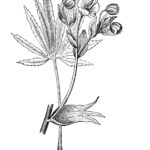
Vintage print describing Stinking hellebore plant botanical morphology: poisonous evergreen flowering plant grows spontaneous in fields and meadows, is cultivated as ornamental plant in gardens and parks for fine foliage and flowers
The name Helleborus comes from a Greek river that ran through the city of Antkyra. A very poisonous plant, it is a hallucinogen known since ancient times, very difficult to dose and manipulate. The entire plant gives off a nauseating odor and its flowers have a bell-shaped appearance.
Being highly toxic, the healing use of hellebore has fallen into disuse. It was once used as a narcotic for people suffering from mental illness, although at the same time, it was considered the cause of the illness itself. Some ancient popular practices attributed magical properties to this plant: the ears of livestock were pierced and a hellebore root was passed inside to protect against snake bites; it was believed it could defend against any plague.
Broom
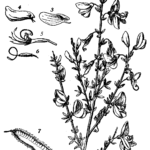
Encyclopædia Britannica, Public domain, via Wikimedia Commons
This plant is well known for its bright yellow flowers and sweet, penetrating scent.
In the Middle Ages, it was considered a symbol of protection against evil spirits and the evil eye. But its symbolism also extends to literature: in the Divine Comedy, Dante Alighieri uses it as a symbol of humility and spiritual rebirth.
Today it is often associated with beauty and joy, however, it also has a dark side as in some cultures it is considered an omen of bad luck and death; an aspect perhaps linked to the fact that it is a toxic medicinal plant. Broom poisoning can occur if part of the plant is ingested, resulting in nausea, vomiting, agitation, and anxiety, but also delusions and hallucinations.
Lily of the valley

Hand drawn vector illustration of lily of the valley. Engraved herb for cosmetics, medicine, treating, aromatherapy, package design healthcare.
A plant with adorable white flowers, the lily of the valley is used as a remedy to slow down and regulate heart contractions without affecting blood pressure. However, this use must take place under strict medical supervision, since the whole plant is poisonous.
According to pagan tradition, the arrival of spring was celebrated by offering three branches of lily of the valley to a loved one and friends. Later, this plant was offered as a good luck charm. In some European countries, there is a belief that the lily of the valley can bring man closer to the sky, helping him to see the world in a positive way to have a brighter future. In the language of flowers, it symbolizes happiness and innocence.
Make the best of it
Modern science is now able to extract principles from toxic plants that could still do good for humans. We have become able to extract the best from every resource that nature can offer. Each plant, if used with the right attention, can be of great help to us; therefore we must trust in the scholars who apply themselves every day to find new uses.
And what about us? To avoid risks, I would suggest using poisonous plants for purely ornamental purposes; never underestimate the well-being that the simple beauty of nature transmits to us!

